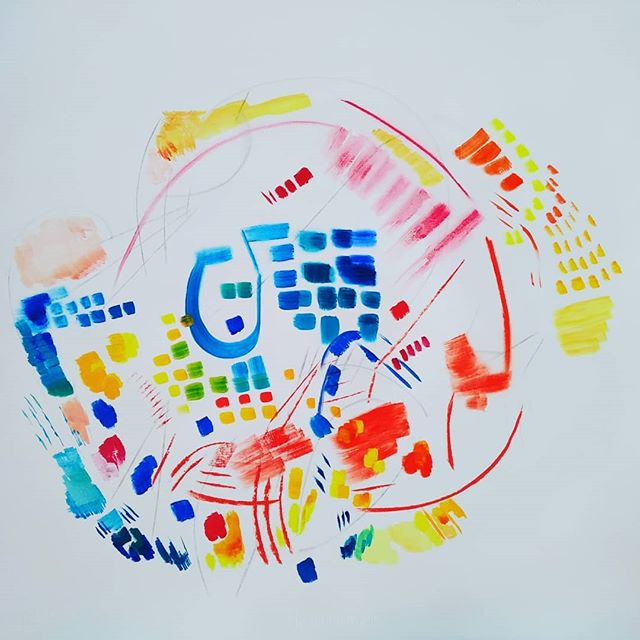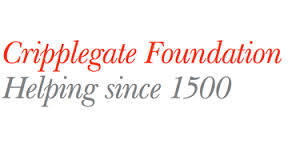
HAND AND SKY PROJECT
2025
Good News!
**New funding awarded for the continuation of the Hand and Sky Program**
We will be delivering further six week programs throughout the year
With early year and reception age SEND children
together with their parents/carers and other family members
Place:
Hornsey Road Children's Centre, London N7
This is supported by a grant from
The Community Chest Fund
A partnership between the Cripplegate Trust and Islington Council
The program will incude:
Therapuetic Touch, Sound-making, Movement, Story-telling and Child-Centred Play
_____
This Program builds on our successful work in 2024 at this Children's Centre and a further two years of delivering this program at SEN Family Saturdays, a parent-led club for children on the autistic spectrum, 2022-2023.
Parents find information about this program on a leaflet at the Children's Centre.
___ ___ ____
HAND AND SKY PROGRAMS
PROGRAM 1: For children on the Autistic Spectrum and with additional communication, sensory and emotional challenges.
Place: Children's Centres, working in individual weekly sessions in a six week program with a child and parent/carer. Parents/primary Carers can invite other family members to attend if they wish. Schools in a termly program with Early Year, Reception or Primary age children accompanied by a Teaching Assistant.
How it works
1. The Practitioner sets up a weekly space for the sessions. This space includes coloured fabric, hand held musical instruments, a guitar and a few small tactile objects and toys. Lighting is kept low.
2. The Child selects and plays with what interests them each week. The role of the Parent and Practitioner is to witness this in an open and affirmative way. Together the two adults create a safe place for the child to explore with no judgement.
4. Sometimes Therapeutic Touch is offered to the child if they relax through this and seek it out by approaching their parent or the Practitioner. The Practitioner can guide a Parent in some simple techniques that may enhance what they already do at home. For some children this touch is key to their Well-being. It can both soothe and enliven them.
5. Music and sound-making may also become interesting for some children. They enter and explore different moods and qualities through this shared song-making. They learn about pacing and rhythm as a way to create something together.
6. Movement as full-bodied play, often occurs spontaneously through the child's initiation as she/he relaxes and feels at home in the total space. A child also senses the readiness of the adults to be involved in this.
7. Attention is given to quiet moments and rest both for the child and the adults too. Sometimes a child will seek out nesting places under fabrics and cushions or close to an adult before moving back into more vigorous play.
_____ _____ _____
Program 2: For Children with PMLD, genetic, motor and medical conditions.
Place: Schools, working individually in termly programs with Early Years, Reception and Primary age children and accompanied by a Teaching Assistant who learns and practices alongside the Practitioner.
How it Works
1. Children are hoisted down onto a mat from their wheelchair or helped onto the mat by their TA.
2. We begin with Therapeautic Touch creating a warm feeling with the open palm of our hand resting gently on the body of the child. We observe the child's face to see that they are comfortable with this and listen to any vocalisations they may make. We let them settle into this touch and we notice our own breathing. We follow the rise and fall of our breath and of the child's breath and we notice their muscle tone. We see how their muscle tone may change as their breath deepens when they enjoy the touch.
3. Once they are relaxed we begin to use touch to wake up their awareness to different areas of their body. We use two hands in two different places and move to where we are drawn in a simple pulsing on-off touch. This can be both invigorating and calming for the child.
4. We follow the tightening of musculator and the moment of its release to generate movement possibilities initiated from the child. We support the child's arm or leg and let them show us where they want to take it. This is called Facilitated Movement. As they beign to see that we are waiting, listening and following through this sensitzed touch, they become more explorative and we can also add ideas and stretches to create more contrast. We become the ground that they can push against or yield into much as any child will do when they walk, run, roll, fall and jump up again.
5. The session may begin to look like a dance duo becoming more dynamic and generating a sense of fun as we explore rocking, rolling, spinning, falling and sitting up.
6. We may bring in sound-making, song and stories to accompany the rhythm of the session. 7. We end by returning to a simple quiet touch.
... ... History ... ...
PILOT PROGRAM 2018:
"Awards for All" Grant funded through the National Lottery.
Richard Cloudesley School, Islington: April 2018- March 2020 and June 2021-Dec 2024
The program was adapted to work with children with PMLD and Teaching Assistants
Swiss Cottage School, Camden: April 2018-March 2020
The program worked both with children with PMLD and with children on the Autistic Spectrum and TAs
Supported Jointly by The National Lottery Community Fund and The Community Chest: a partnership between Islington Council and the Cripplegate Foundation.
On-going Programs in Schools and Children's Centres
Supported by the Richard Cloudesley Health Grant for the years 2023/2024.
__ __ __
CONTEXT
These programs grew out of fifteen years experience in Special Schools and Autistic Units in Mainstream Schools in Hackney where Ruth Solomon developed this model whilst working as an Independent Practitioner.
The out-reach work was inspired by our Charity's beginnings in a Garden in Islington London, which we created together.
______
Cloudesley
